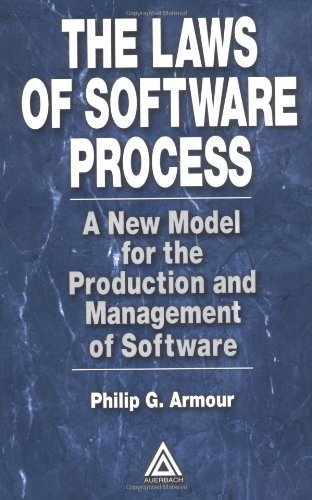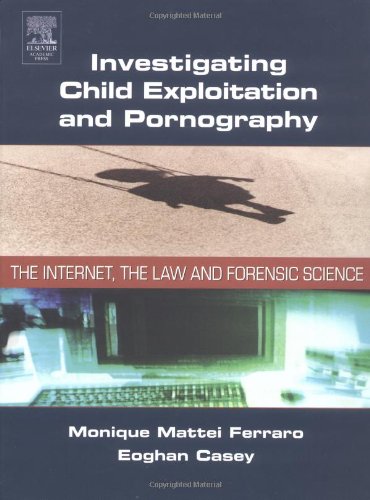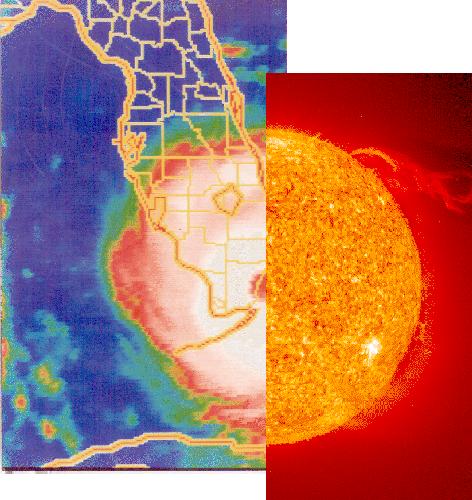Richard Benjamins, Pompeu Casanovas, Joost Breuker, Aldo Gangemi3540250638, 9783540250630
This book presents 15 thoroughly refereed revised papers on topics relevant for law and the Semantic Web. The book is structured into three parts. Part I sets the scene by introducing the relevant concepts, describing some of the users (legal professionals), and putting into historical context how legal professionals think about the use and application of law. Part II presents theoretical aspects related to the construction of legal ontologies, both from a legal and a methodological point of view. Part III collects descriptions of various applications of Semantic Web technology to the legal domain.
Table of contents :
front-matter……Page 1
Introduction……Page 11
The Semantic Web……Page 13
The Current Web……Page 14
Technology of the Semantic Web……Page 15
Law and the Semantic Web……Page 16
Legal Ontologies……Page 19
Applied Research……Page 20
Structural Legal Ontologies and Markup Standards……Page 21
Content of This Book……Page 22
References……Page 24
Introduction……Page 28
The First Generalized Developments of Legal Informatics……Page 29
“From the Legalist Conception of the Rule-of-Law to the Constitutionalist Conception of the Rule-of-Law”……Page 31
“From the Law as Enactment and/or Procedure to the Law as a Practice”……Page 32
References……Page 33
Introduction……Page 35
The Questionnaire……Page 36
Some Univariate Results$^4$……Page 37
Methodology to Build Up a Typology of the Judges……Page 39
Active Questions……Page 40
Clusters Description……Page 41
Acknowledgements……Page 44
References……Page 45
Introduction……Page 46
What is Law About?……Page 47
Distinguishing Normative and World Knowledge: TRACS……Page 48
Ontological Commitments in Legal Theory……Page 50
Legal Theory in AI and Law……Page 51
Knowledge Typing and Dependencies in Legal Reasoning: ON-LINE and FOLaw……Page 52
FOLaw’s Types of Knowledge in Legal Reasoning……Page 53
In Search of Ontological Foundations of Law……Page 56
Ontologies for Reuse: LRI-Core……Page 57
Principles and Main Categories of LRI-Core……Page 60
An Ontology of Criminal Law: OCL.NL……Page 65
Use of Ontologies in Legal Information Retrieval……Page 68
Discussion and Conclusions……Page 70
Introduction……Page 75
Ontologies, Knowledge Representations and Knowledge Bases……Page 76
Knowledge Structure……Page 77
Reasoning and Problem Solving……Page 79
Semantic Indexing and Search……Page 80
Summary of Examples……Page 81
Consequences for Knowledge Representation Formalisms and Reasoning……Page 83
Conclusions……Page 84
References……Page 85
Introduction……Page 87
Legal Theory on Responsibility……Page 88
The Legal Concept of Responsibility……Page 89
Types of Cases……Page 90
Causal Maximalism and Minimalism……Page 92
Hart and Honoré’s Solution……Page 93
Philosophical Preliminaries……Page 95
$_{CAUSATI}{rm O}^{NT}$’s Top Level……Page 97
CAUSATIONT’s Causal Entities……Page 101
Conclusion……Page 105
Introduction……Page 107
The Legacy and the Problems……Page 108
The Foundational Framework……Page 110
Reified Satisfiability for Legal Descriptions……Page 116
A Simple Example: Art. 142 of the Italian Traffic Code……Page 118
Types of Entities in the Legal World……Page 121
JurWordNet: An Ontology-Driven Legal Lexicon……Page 124
Legal Ontologies as Frameworks for Norm Comparison……Page 126
Comparing Conflicting Norms: Internal and External Conflicts……Page 128
Compatibility Between Entrenched Norms……Page 130
References……Page 131
Introduction……Page 135
The Upper-Level of DOLCE, and the Plans……Page 136
Norms……Page 139
Authorities……Page 141
Fruits……Page 143
A Norm on Fruits……Page 145
Ontological Models of the Legal System……Page 146
Conclusions……Page 148
Introduction……Page 152
METHONTOLOGY in a Nutshell……Page 153
Main Ontology Modelling Components……Page 154
Conceptualization of a Legal Entity Ontology……Page 155
Building a Legal Ontology with WebODE……Page 163
Other Methods and Tools for Ontology Development……Page 165
References……Page 166
Introduction: Evolution of Pragmatic Objects……Page 168
From Legal Logics to Legal Argumentation……Page 170
From Philosophy of Language to Linguistic Pragmatics……Page 171
Foundations for a Legal Pragmatics……Page 172
Towards the Modelization of Institutional Pragmatics……Page 174
How to Represent Institutional Discretion in a Decision-Making System?……Page 175
The ‘AI Turn’ and Institutional Pragmatics……Page 176
Conclusion: Descriptive Versus Pragmatic Ontology……Page 177
References……Page 178
Introduction……Page 179
The Codes: A Previously Existing Conceptualization of the Law……Page 180
Seeking Legal Terms……Page 182
Relations Among Terms and Concepts……Page 188
Texts Analysis Methods……Page 189
Results……Page 190
Toward a Legal Ontology……Page 191
Conclusion……Page 192
References……Page 193
Introduction……Page 195
Architecture……Page 197
OWL Ontology Creation……Page 198
Identification of Concepts and Properties……Page 199
Merge of the Ontologies……Page 201
OWL Instances Creation……Page 202
ISCO……Page 204
EVOLP……Page 205
Query Management……Page 206
Interaction Management……Page 207
Example……Page 208
Conclusions and Future Work……Page 209
Introduction……Page 211
Frequently-Asked Questions by Judges……Page 212
Domain Considerations……Page 214
Ontologies of Professional Legal-Knowledge (OPLK)……Page 216
An Ontology for Spanish Judges in Their First Appointment……Page 217
Iuriservice: Application……Page 221
Matching Algorithm……Page 222
Implementation……Page 225
Conclusions……Page 226
Introduction……Page 228
Legal Markets and Global Trends……Page 229
Alternative Ways of Delivering Legal Services……Page 233
Domain Modeling……Page 236
The Software Program……Page 239
Acknowledgements……Page 240
References……Page 241
Introduction……Page 243
Features of Fraud……Page 244
Present Approach……Page 245
Structuring Fraud Cases with Wigmore Charts……Page 246
Legal Core Ontologies……Page 248
Financial Core Ontologies……Page 251
Analysis and Conclusion……Page 255
References……Page 256
back-matter……Page 258







Reviews
There are no reviews yet.